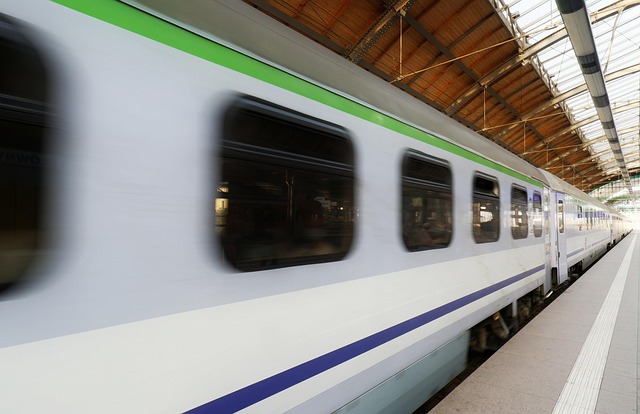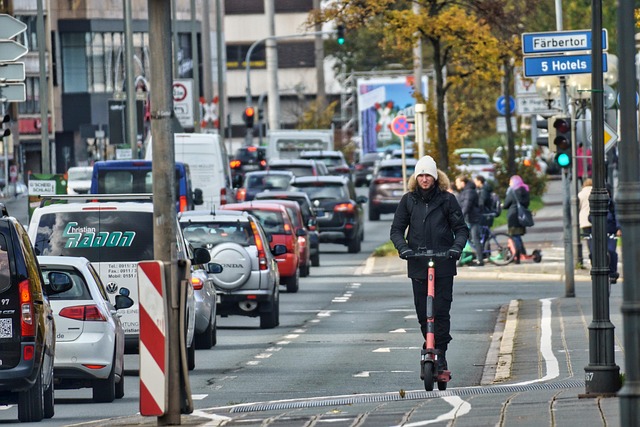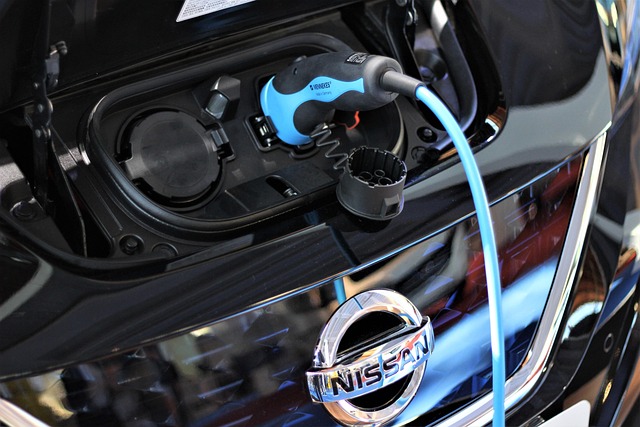In recent years, the discussion surrounding public transport networks has gained significant traction, especially in the context of rural development. As communities strive for sustainability, the integration of efficient public transport systems becomes more crucial. Not only do these networks contribute to reducing carbon footprints, but they also offer a lifeline to remote areas, promoting inclusion and enhancing the quality of life for residents.
Transport sustainability focuses on creating eco-friendly travel options that minimize environmental impact. In rural areas, where private vehicle dependency is often high, public transport can serve as a game changer. Public buses, community shuttles, and shared transport services can significantly reduce the number of cars on the road, leading to lower greenhouse gas emissions and less traffic congestion.
Moreover, strong public transport networks can invigorate local economies by providing residents with easier access to job opportunities, healthcare, education, and social activities. For instance, when farmers can transport their goods to market efficiently, it opens new pathways for business growth and community resilience. Additionally, students who rely on public transport can attend schools further away, broadening their educational opportunities.
Enhancing public transport in rural areas goes beyond merely providing a mode of travel; it builds a sense of community. When people from different backgrounds can come together aboard a bus or shared vehicle, it fosters social interaction and strengthens community ties. This shared experience promotes inclusivity and ensures that all members of the community feel connected, regardless of their economic status.
For governments and organizations aiming to support rural development, investing in efficient public transport systems becomes an essential component of a sustainable growth strategy. This investment may involve improving infrastructure, increasing service frequency, and incorporating green technologies such as electric buses, which can further enhance sustainability while serving rural populations.
Furthermore, the integration of digital technology into public transport networks — such as mobile apps for tracking buses or ridesharing platforms — can enhance user experience, making public transport more appealing to potential users. By combining sustainable transport solutions with technological innovation, rural communities can overcome traditional barriers to mobility.
Given the pressing challenges posed by climate change and rural urbanization, the call for forward-thinking public transport networks has never been more urgent. As we move towards a more sustainable future, our approach to mobility in rural areas will play a pivotal role in shaping the landscape of community development, ensuring that no one is left behind.



